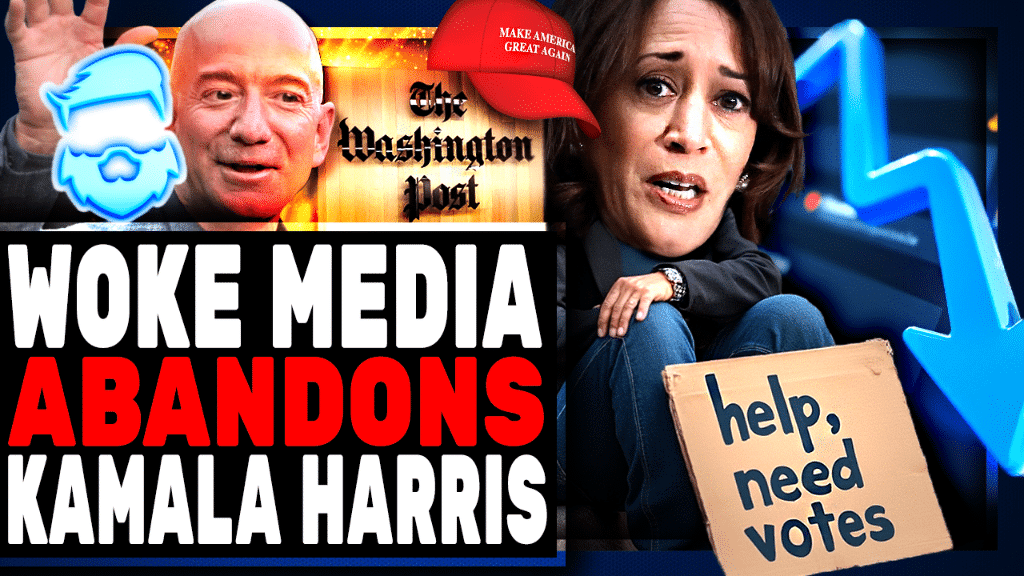Russia’s effort to spread disinformation and propaganda across the internet and through foreign and domestic media about its invasion of Ukraine started weeks ago — and it’s expected to ramp up now that the conflict has begun.
Disinformation experts say that they have seen a concerted effort from Russian leaders and state-backed media to push a false narrative around the reasons for invading Ukraine, and that they expect that to continue as both international pressure and even some domestic Russian resistance to war grows.
“We’re going to see a huge onslaught,” said Jane Lytvynenko, senior research fellow at Harvard University’s Shorenstein Center on Media, Politics and Public Policy. “And we need to be prepared for that.”
Lytvynenko said people should be prepared for a wide variety of disinformation and propaganda, including the use of authentic images and video to push false narratives.
“We know that propaganda is a part of every war, and we know that after every attack we see a flood of propaganda,” she said. “This propaganda can take many forms. It can try to take videos out of context and claim for them to be something else. It can show Russian attacks as more powerful than they actually were.
“They can create the illusion that Ukraine is not fighting back when it is. It will also play on gaps in knowledge on Western audiences in particular who have not been paying attention to a war that has been going on for eight years.”

















